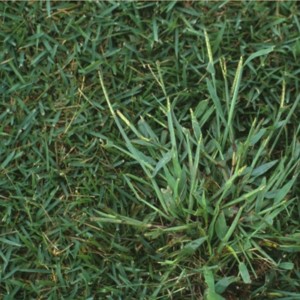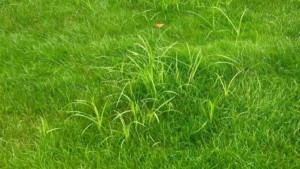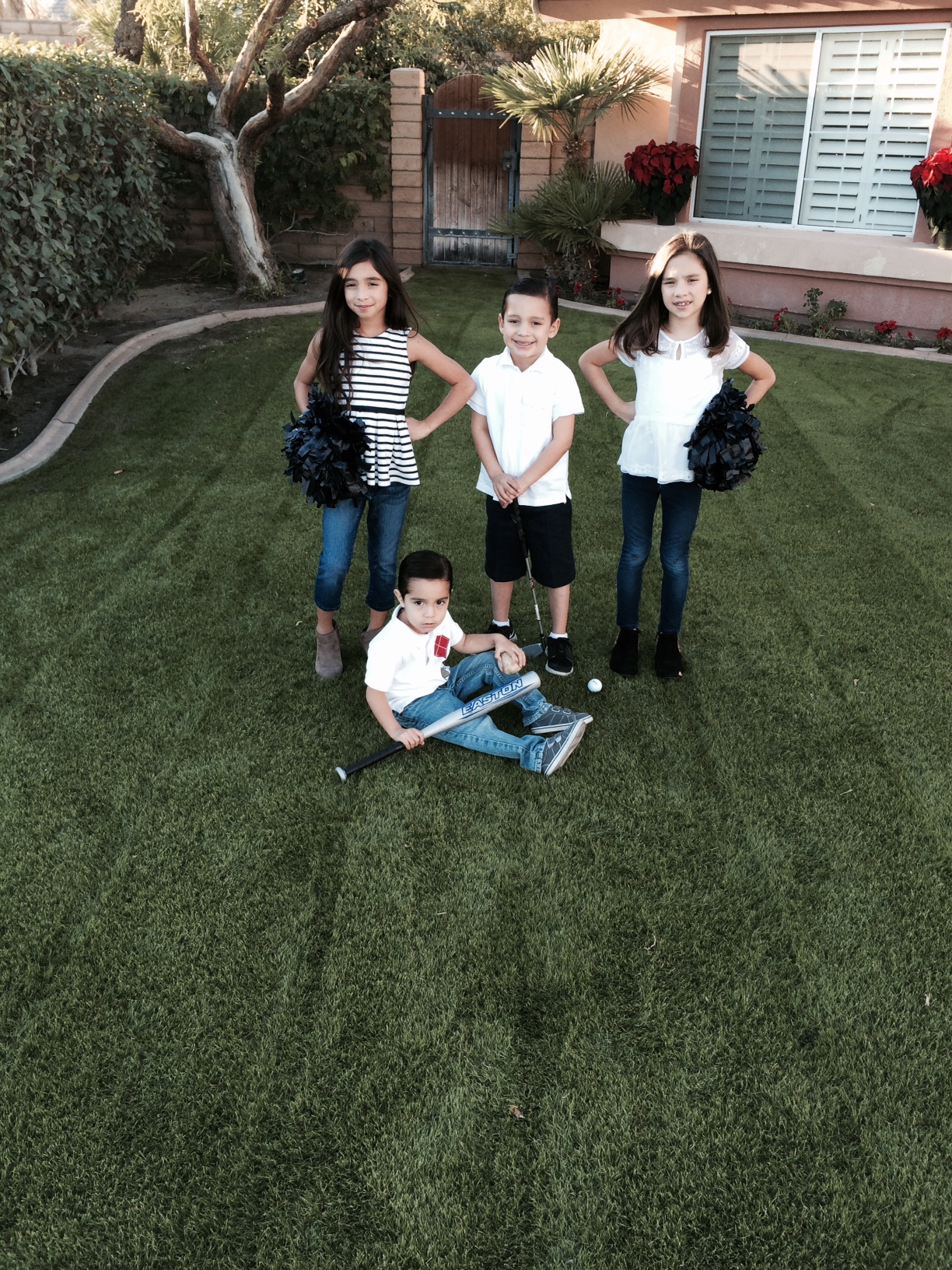Apr
Spring Lawn Transition Questions Answered for California and Arizona Sod!
Spring has sprung and your warm season sod might need a little help with the transition in California and Arizona. Mr. Wise Grass is here to help! Check out his latest video for tips on how to keep your lawn looking the best in the neighborhood!
IMPORTANT! FOLLOW THESE STEPS FOR A BEAUTIFUL, LUSH LAWN:
Step By Step Transitioning for California and Arizona Sod
Comments Off on Spring Lawn Transition Questions Answered for California and Arizona Sod!Jan
Weed Control Tips for Your California and Arizona Lawn
2017 has started out nicely with some timely rainfalls to keep most of you from having to water your lawn. It has also helped us move closer to getting out of the drought we’ve been suffering from for the last few years. The winter storms are helping us replenish our water supplies but they’re also helping germinate all of those of those summer annual weeds in the soil. The good news is weeds are relatively easy to contain. There are some types such as annual bluegrass, crabgrass, and nutsedge that are a little more complicated but timing pre-emergent herbicide applications can save you a lot of headaches with weed control. In this blog I will go over various weeds and some ways to control them as well as discuss herbicide timing.
Weed control management is a function of several different factors but some of the things you can do to keep your lawn healthy are maintain the proper mowing height, don’t overwater your lawn, fertilize monthly, and aerate the turf when the soil becomes compacted. These items right here can be the difference between weeds slowly emerging in your lawn and taking over your lawn. A healthy lawn will push out weeds and keep them to a minimum. If you have very few weeds emerge during the year chemical application is unnecessary and weeds can be pulled by hand as they appear.
Comments Off on Weed Control Tips for Your California and Arizona Lawn
Dec
Winter Tips for Your Lawn
Cold temperatures have arrived in California and Arizona, and those of you with overseeded sod may begin to see your lawn go in a little shock. One of the things you will notice first is bermudagrass going dormant in the turf causing small quarter sized yellow spots in your lawn. This is nothing to be concerned about as today we will discuss getting those spots to fill in. If you didn’t overseed your lawn for the winter it’s most likely dormant at this point and you can sit back and let your lawn sleep for a few months.
I’m sure many of you have seen the small yellow spots over the years in your overseeded lawn. The question is what is causing it and what can you do about it? First, this isn’t something to be concerned about. It’s actually a sign that you had a very healthy lawn going into the overseed season. Since many people overseed in late September/early October you’re still fighting with warm season growth. By supplying water and fertilizer to overseed the bermudagrass continues to grow and has a tendency to out compete your newly seeded ryegrass. When you’re overseeded lawn first start growing it looks immaculate, but it’s good to remember some of this is bermudagrass. The bermudagrass/ryegrass combination looks incredible and when it’s growing in it can be tough to distinguish the two.
Comments Off on Winter Tips for Your LawnApr
April Lawn Transition Tips
For most parts of the country spring means a return to warmer temperatures and usually some good rain storms. For the desert southwest this typically means hot temperatures and the occasional rain event. We were lucky enough to get some late season El Niño storms this month which will have a nice impact on our warm season grasses.
The transition season has officially begun and over the next month you will start to see your underlying warm season grass start to push out the winter ryegrass. The hot temperatures will start to take their toll on the ryegrass and it will start to die out. It’s not uncommon to start to see dry patches emerge in your lawn that looked perfect the week prior.
As much as it may pain you to see sections of your beautiful lawn start to die back remember this is a good thing. Sections of your lawn will always dry out before others areas simply because of the soil texture, compaction, or sprinkler coverage. It’s important to rule out sprinkler issues and if it is merely a transition dry spot rest easy. For these spots I recommend taking a hard toothed rake and rake up the dead ryegrass that lies on the surface. This dead material is shading out the bermudagrass down below and preventing it from getting water and sunlight. Keeping your lawn mowed below ¾” during this time of the year and power raking or verticutting will also help remove dead material from shading your summer grass.
Comments Off on April Lawn Transition TipsSep
Fall Overseeding and Your Lawn
The days are getting shorter and the heat is starting to die down a little as we enter the fall season. With fall comes the onset of overseeding in many parts of the country and the West Coast is no different. For those new to overseeding let me give you a brief definition. Overseeding is simply the process of seeding a cool season grass into your warm season turfgrass in order to maintain winter color. This is not a mandatory process if you have grass, but it is one of the options that are out there for homeowners and professionals.
There are a few options during the fall months to take care of your lawn, and without question the most popular is to overseed. Outside of overseeding you have the option of using turf colorant such as Endurant to give your dormant grass a nice green appearance. Or you can just let your lawn go dormant for the winter months (brown can be the new green!). There is no right or wrong approach, so decide what you would like to do as the temperatures begin to drop over the coming weeks.
If you will be letting your lawn go dormant it will stay fairly green until the first hard frost which is around Thanksgiving and will start to green up in late March. If you have a paspalum lawn you can usually get through the month of December with a green lawn and it will start greening up in early March.
Comments Off on Fall Overseeding and Your LawnMay
Saving Water on Your Lawn and the Benefits of Natural Turfgrass
SAVING WATER………
Everyday we are reminded that we are in a drought situation. My last few blogs have been about this same subject, and I think it is important to continue with the topic.
The press is convinced that ripping out your lawn is the answer. But is it? No. You can have an environmentally beneficial lawn and use water wisely! Here are some more tips on how to save water while still keeping your lawn alive during our historic drought: Read the rest of this entry »
Comments Off on Saving Water on Your Lawn and the Benefits of Natural TurfgrassMay
Water Restrictions and Your Lawn. What Now? PART-2
So here we are, May of 2015, and for the first time in many of our lives we are being asked to cut our water usage by at least 25%. As I alluded to in PART-1 of using water wisely (please click here to read PART-1 if you have not already) many people view water consumption solely as an agricultural problem. It is easy to look at the percentages of water used by the agricultural industry and blame them for the water shortage, but have you considered that the real problem lies within us.
Did you know that over the past ten years the agriculture industry has lowered their water use rate from as much as 90% to less than 69% of total water consumed? Again many of you will look at the percentage of water used and say it is still too high, but the homeowner use rate has skyrocketed, while agriculture has learned to adapt and change.
Did you know the average family of four wastes 10,000 gallons of water a year waiting for hot water to arrive to their shower? Right there you can save 6% of your yearly water use. I know we’re supposed to be talking about landscape water rates, but more needs to be addressed than simply blaming one industry. I will be the first to tell you landscape water use rates need to go down. The average household wastes 16,000 gallons of water per year overwatering their landscapes. This is an additional 9% of your yearly water total being wasted. Today I will be giving you directions on how to not only save the 9% of overwatering, but I will also give you ways to save another 10% by watering smarter and using proper agronomic practices. I would be remised if I didn’t say this before I begin. Grass doesn’t waste water, people do. Read the rest of this entry »
Comments Off on Water Restrictions and Your Lawn. What Now? PART-2Mar
Transitioning Your Lawn for Spring
If you have taken a look at the extended forecast you most likely saw that temperatures in the desert areas will be hitting close to 100 this weekend. No one wants to see that in late March unless you’re a sod producer or looking to get your warm season lawn to green up. While it is great for green up, it is still too early to know if this weather will stay or if we will get a minor cold snap. If we were assured that the 90’s were here to stay I would tell you to really start pushing your warm season turf, but it is best to ease into the season until soil temperatures reach 64 degrees.
Either way, transition time is upon us and it is time to start easing into the summer grass season. For people with non- overseeded turf this weather is great news for their lawn, and for others transition can bring a few headaches. I have outlined some simple steps to help you get your lawn to go from ryegrass to bermudagrass without any anxiety.
Comments Off on Transitioning Your Lawn for SpringNov
Thanksgiving Tips for Your Lawn
As we approach Thanksgiving it is a good time to start thinking about your winter fertilizer program. In past blogs I talked about getting down a few fertilizer applications prior to the first frost of the year. In general we will receive our first frost sometime between Thanksgiving and the first week of December. The first couple of frosts are usually pretty mild, but as we get deeper into December we will get some hard freezes which will start to affect your roots. Once we get frost all the way down to the roots it makes it tougher for the plant to take up fertilizer so foliar applications generally provide the best response.
For those unfamiliar with why plants freeze let me provide you with a simplistic definition. Water vapor condenses into liquid water and forms ice as the temperature drops at or below 32 degrees. Temperatures on the ground are typically cooler than the air just a few feet above the ground surface. On a clear, calm night with no little wind the cold air sinks to the ground level and while the thermometer may not read 32 degrees or lower, the ground temperature is below freezing. You will notice that when there is a heavy cloud cover there is typically no frost. This is because the grass does not need to emit as much radiation because the clouds reflect the radiated heat. On a cloudy day dew will form on the ground making it very unlikely that frost will form on the ground.
Comments Off on Thanksgiving Tips for Your LawnSep
Thinking About Overseeding Your Warm Season Lawn?
With the heavy rains and slightly cooler temperatures we had this past week no doubt people are thinking about overseeding. By the way, if your sprinklers are still set to on, turn them OFF. While the calendar says September 11th we’re still a few weeks away from having temperatures in the optimal window. Overseeding does not need to be a one day process. You can begin the process a little early and then when temperatures are in the 60’s at night you will just need to give your lawn one last haircut, drop the seed and begin watering.
Prepping for overseed is often a large ordeal, but starting the process gradually you can eliminate the headaches associated with trying to get it all done in one afternoon. I want to reiterate something I have said for the past few years. The height of the grass is not associated with a quality overseed. In other words scalping the grass down to the dirt does not guarantee good results, but opening up the turf canopy does. The shorter you mow your lawn the tighter the leaf blades become making it harder to get the ryegrass seed into the plant. If the seed is lying on the surface it will be slow to germinate and much of the seed will be lost. The seed needs a base to grow out of and getting inside the grass plant allows for perfect moisture, heat, and a solid growing medium. By looking at my last statement you can now understand why I have said without a good warm season grass base you will most likely have a poor ryegrass season. The seed will establish much faster inside a healthy grass stand than it will on bare dirt. Read the rest of this entry »
Comments Off on Thinking About Overseeding Your Warm Season Lawn?








